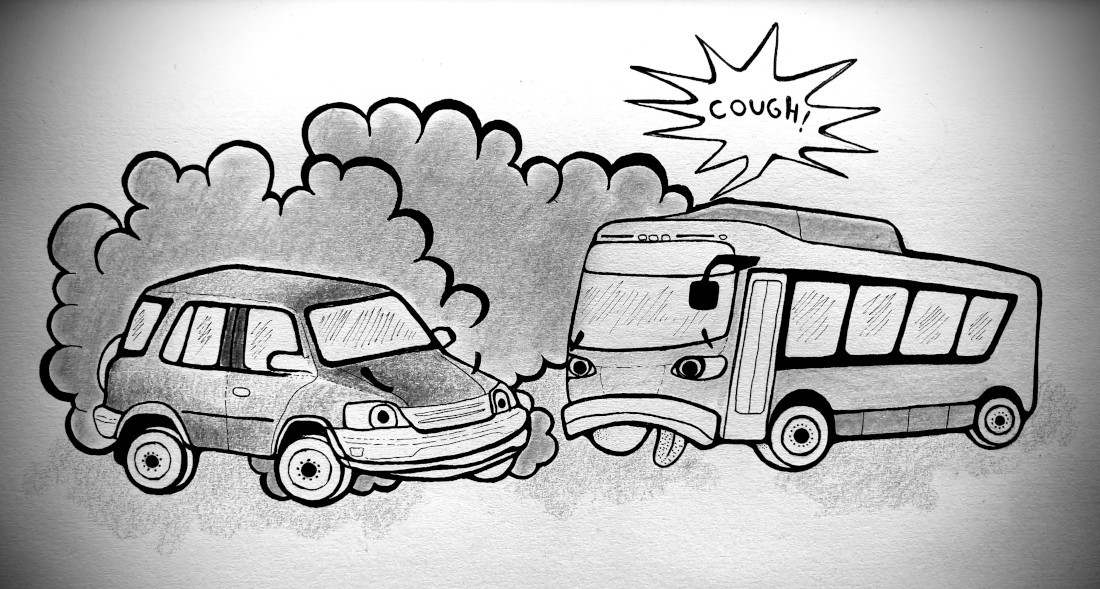One green city
Make busing better, not electric
In 2018, the United Nations released the Intergovernmental Panel on Climate Change (IPCC) report, which detailed how humanity is majorly screwed if we don’t significantly limit CO2 emissions by 2030. At our current consumption rate, our planet’s temperature will rise over the 1.5°C deemed “safe.”
This should have sent every government body into swift action: funding public transit, investing in renewable energy sources and terminating Canada’s love affair with pipelines.
But even with a 2021 IPCC reminder that time is running out, most citizens likely haven’t seen much change from their governments.
In October 2021, when St. Boniface Coun. Matt Allard suggested the city invest more into active transportation, North Kildonan Coun. Jeff Browaty said “We live in a car-oriented city, and that’s going to stay the way it is.”
In a way, Browaty is right. Although he was talking about bike lanes, he could just as easily have been talking about improving Winnipeg’s transit system. If the City doesn’t start funding better public transit, why would anyone want to take the often late, overcrowded and complicated bus?
The City of Winnipeg’s 2019 Climate Action Plan says personal vehicles account for 81 per cent of weekday trips. Those personal vehicles contribute 32.1 per cent of the city’s total greenhouse-gas emissions. That’s more than any other contributing factor.
To attempt to meaningfully reduce these CO2 emissions, the City needs to make it unappealing to use a car as a primary mode of transportation, not resign itself to being a “car-oriented city.”
The City of Winnipeg announced in their most recent Transit Master Plan that the city will begin switching to zero-emission buses (ZEBs) this year, aiming to replace 30 per cent of all buses with ZEBs by 2030. By 2047, the city will fully transition to ZEBs.
Switching to electric vehicles sounds great in theory. But is that what Winnipeg needs most right now? City buses only account for 0.8 per cent of the city’s total emissions. Personal vehicles produce more than 40 times that amount.
Instead of tackling car culture or investing in active-transit lanes, the City is spending approximately $280 million eliminating what is currently less than 1 per cent of Winnipeg’s total emissions. Our city’s problem isn’t that our buses are massive polluters. Our problem is that not enough people take the bus.
The Canadian Centre for Policy Alternatives states in its 2018 alternative city budget, Imagine a Winnipeg, that only 10 per cent of all weekday trips are taken by bus.
An electric bus isn’t necessarily one that gets you to work in a comparable amount of time to a car, shows up on time or even gets you from point A to point B without multiple transfers, all of which Winnipeggers outlined as their actual concerns in the Transit Master Plan.
What ZEBs do is make Winnipeg’s city council look like they’re trying to be greener, effectively greenwashing city policy instead of taking meaningful climate action.
Published in Volume 76, Number 16 of The Uniter (February 3, 2022)








